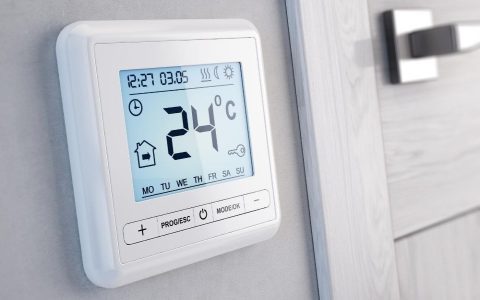Choosing Your Air Conditioner's SEER Rating
The optimal Seasonal Energy Efficiency Ratio (SEER) for your air conditioner depends on several critical factors to balance performance, initial cost, and long-term energy savings. A higher SEER rating generally signifies greater energy efficiency but often comes with a higher upfront purchase price.
Key Factors Influencing SEER Choice:
- Your Climate: Hotter regions with extended cooling seasons (e.g., southern US states) benefit more significantly from higher SEER ratings (typically 16 SEER or above). Milder climates might find a unit meeting current minimum standards (e.g., 13-15 SEER, depending on specific regional regulations) to be adequate.
- Home Characteristics: Consider your home's size, age, insulation quality (attic, walls), window efficiency, ductwork condition, and amount of direct sun exposure. Larger or less energy-efficient homes may justify a higher SEER unit to manage cooling costs.
- Local Electricity Costs: If your area has high electricity rates, the annual savings from a higher SEER unit will be more substantial, potentially leading to a quicker return on the initial investment.
- Your Budget: Carefully weigh the initial purchase and installation cost of the AC unit against the projected energy savings over its expected lifespan (typically 10-15 years).
- Government Regulations & Rebates: Be aware of the minimum SEER requirements mandated by entities like the U.S. Department of Energy, which vary by geographical region. Also, investigate potential federal tax credits, local utility rebates, or manufacturer promotions for installing higher-efficiency units, as these can significantly reduce the net cost.
General SEER Tiers & What They Mean:
- Minimum Standard (e.g., 13-14 SEER in some US regions, 14-15 SEER in others): Meets basic current energy efficiency requirements. Suitable for areas with shorter or milder cooling seasons or for situations with very tight upfront budgets.
- Mid-Efficiency (e.g., 15-17 SEER): Offers a good balance between upfront investment and improved energy savings compared to minimum standard units. This range is a popular choice for many homeowners seeking noticeable reductions in cooling costs.
- High-Efficiency (e.g., 18+ SEER, with some units exceeding 26 SEER): Delivers maximum energy savings and often includes advanced features such as variable-speed compressors and smart thermostat compatibility for enhanced comfort, quieter operation, and better humidity control. Ideal for very hot climates, areas with high electricity rates, or for homeowners prioritizing the lowest possible long-term operational costs and environmental impact.
Final Recommendation:
To determine the most appropriate SEER rating for your specific circumstances, it is highly recommended to consult with a reputable and qualified HVAC (Heating, Ventilation, and Air Conditioning) professional. They can perform a detailed load calculation for your home (often referred to as a Manual J calculation), assess your existing ductwork, and consider all relevant local factors to recommend the optimal system size and SEER rating that best fits your needs and budget.










